Home>Gardening & Outdoor>Garden Tools & Equipment>How To Start A Riding Lawnmower
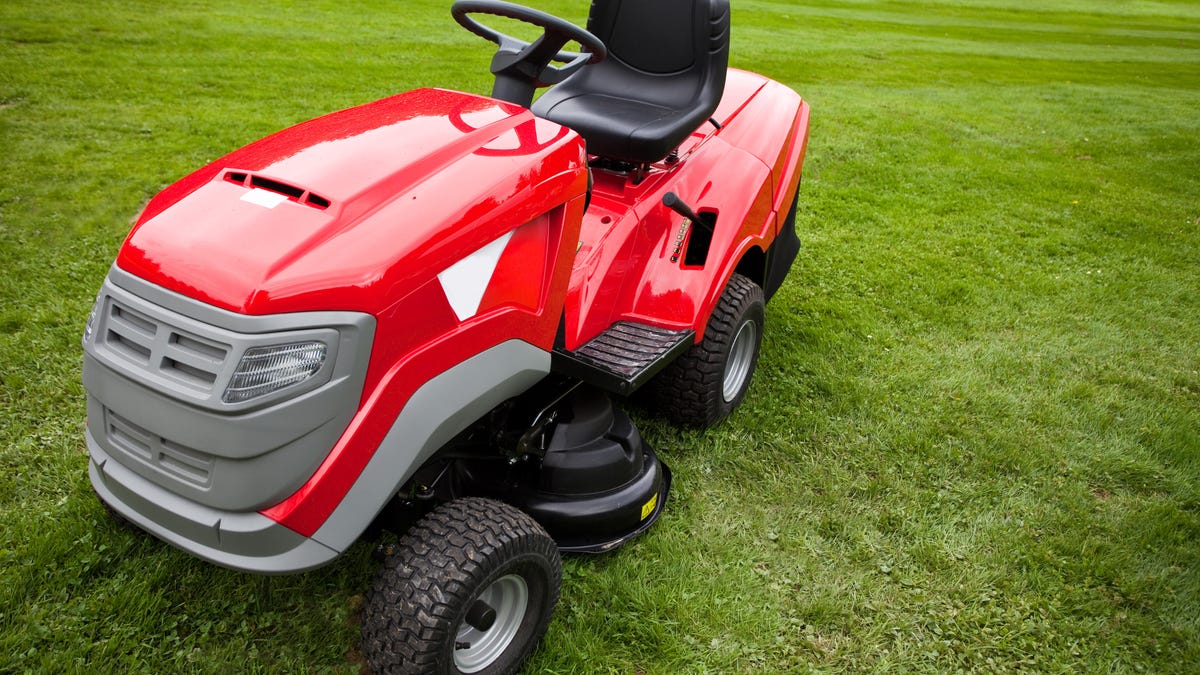

Garden Tools & Equipment
How To Start A Riding Lawnmower
Modified: March 21, 2024
Learn how to start a riding lawnmower and maintain your garden tools and equipment with our comprehensive guide. Keep your lawn looking pristine all year round.
(Many of the links in this article redirect to a specific reviewed product. Your purchase of these products through affiliate links helps to generate commission for Storables.com, at no extra cost. Learn more)
Introduction
So, you've got a sprawling lawn that needs regular maintenance, and you've decided to invest in a riding lawnmower. Congratulations! This powerful piece of equipment is designed to make lawn care more efficient and enjoyable. However, before you rev up the engine and embark on your mowing journey, it's crucial to understand the proper procedures for starting and operating a riding lawnmower. In this comprehensive guide, we'll walk you through the essential steps to safely and effectively start and operate your riding lawnmower. Whether you're a seasoned homeowner or a first-time rider, this article will equip you with the knowledge and confidence to tackle lawn maintenance like a pro. Let's dive in and get ready to unleash the full potential of your riding lawnmower!
Key Takeaways:
- Safety First
Before starting a riding lawnmower, prioritize safety by wearing appropriate attire, inspecting the area for hazards, and familiarizing yourself with the controls to prevent accidents and injuries. - Care and Maintenance
After mowing, provide care and maintenance to your riding lawnmower by cleaning, sharpening the blades, changing the oil, and storing it properly to ensure continued performance and longevity.
Read more: What Is The Best Riding Lawnmower
Safety Precautions
Before you kick-start the engine of your riding lawnmower, it’s paramount to prioritize safety. Riding lawnmowers are powerful machines that require careful handling to prevent accidents and injuries. Here are some essential safety precautions to keep in mind:
- Read the Manual: Familiarize yourself with the manufacturer’s instructions and safety guidelines outlined in the manual. This document contains vital information about operating the lawnmower and maintaining safety standards.
- Inspect the Area: Before mowing, survey the lawn for potential hazards such as rocks, branches, or uneven terrain. Clear the area of any debris that could be flung by the lawnmower’s blades.
- Wear Appropriate Attire: Don proper attire, including sturdy shoes, long pants, and safety goggles to shield your eyes from flying debris.
- Check the Fuel: Ensure that the lawnmower’s fuel tank is filled in a well-ventilated area, away from any open flames or heat sources.
- Inspect the Blades: Regularly examine the condition of the lawnmower blades and replace them if they are dull or damaged. Always engage the blade disengagement mechanism before performing any maintenance.
- Secure the Seat: Ensure that the seat is locked in place before starting the engine. The seat serves as a safety feature that disengages the blades when you’re not seated.
- Be Mindful of Slopes: Exercise caution when navigating slopes or inclines. Mow across slopes, not up and down, to maintain stability and prevent tipping.
- Keep Children and Pets Away: Establish a clear boundary to keep children and pets at a safe distance from the operating lawnmower.
- Never Carry Passengers: Riding lawnmowers are designed for single operators. Do not attempt to carry passengers, as this can compromise the machine’s stability and safety.
By adhering to these safety precautions, you’ll create a secure environment for operating your riding lawnmower, ensuring that both you and your lawn remain unharmed during the mowing process.
Familiarizing Yourself with the Controls
Before igniting the engine of your riding lawnmower, it’s essential to acquaint yourself with the various controls and features that govern its operation. Familiarizing yourself with the controls not only enhances your understanding of the machine but also empowers you to operate it with confidence and precision. Here’s a breakdown of the primary controls typically found on riding lawnmowers:
- Throttle Control: The throttle control regulates the engine speed. It’s usually a lever or knob located within easy reach of the operator.
- Ignition Switch: This switch is used to start and stop the engine. It may require a key to prevent unauthorized use of the lawnmower.
- Steering Wheel: The steering wheel allows you to maneuver the lawnmower, providing control over its direction and trajectory.
- Brake Pedal: The brake pedal is used to slow down or stop the lawnmower. Familiarize yourself with its location and responsiveness.
- Deck Lift Lever: This lever adjusts the cutting height of the lawnmower deck, allowing you to customize the grass-cutting height according to your preference.
- Blade Engagement Lever: The blade engagement lever activates and deactivates the cutting blades. It’s crucial to engage the blades only when you’re ready to start mowing.
- Transmission Controls: Depending on the model, riding lawnmowers may feature automatic or manual transmission controls, including levers or pedals for forward, reverse, and neutral settings.
- Safety Switches: These switches, such as the seat safety switch, ensure that the lawnmower can only be operated under safe conditions, preventing accidental engagement of the blades.
Take the time to locate and understand each control, experimenting with their functions while the lawnmower is stationary. This hands-on approach will build your confidence in handling the machine and enable you to respond effectively when operating in the field. Additionally, refer to the manufacturer’s manual for detailed descriptions and illustrations of the controls specific to your riding lawnmower model.
By familiarizing yourself with the controls, you’ll be well-prepared to operate the riding lawnmower safely and efficiently, setting the stage for a seamless mowing experience.
Preparing the Riding Lawnmower
Before embarking on the mowing task, it’s crucial to ensure that your riding lawnmower is properly prepared for operation. Taking the time to perform these preparatory steps will not only optimize the performance of the machine but also contribute to a safe and efficient mowing experience. Here’s a comprehensive guide to preparing your riding lawnmower:
- Check the Fuel Level: Verify that the lawnmower’s fuel tank is adequately filled with the appropriate type of gasoline recommended by the manufacturer. It’s advisable to refuel in a well-ventilated outdoor area to minimize the risk of fumes and spills.
- Inspect the Oil Level: Check the oil level using the dipstick and ensure that it falls within the recommended range. If the oil appears dark or gritty, it may be time for an oil change.
- Examine the Tire Pressure: Inspect the tire pressure and adjust it to the recommended PSI (pounds per square inch) as specified in the manual. Proper tire inflation ensures stability and traction while mowing.
- Charge the Battery: If your riding lawnmower is equipped with a battery, ensure that it’s adequately charged to support the engine’s ignition and electrical systems.
- Inspect the Cutting Blades: Examine the condition of the cutting blades for any signs of damage, dullness, or imbalance. Sharpen or replace the blades as needed to ensure a clean and precise cut.
- Adjust the Cutting Deck: Set the cutting deck to your desired mowing height, keeping in mind the ideal grass length for your lawn’s health and appearance.
- Lubricate Moving Parts: Apply lubricant to the lawnmower’s moving parts, such as the steering components and blade spindles, to reduce friction and ensure smooth operation.
- Clear the Area: Remove any obstacles, debris, or potential hazards from the mowing area to prevent damage to the lawnmower and ensure a safe mowing environment.
By meticulously preparing your riding lawnmower, you’ll lay the groundwork for a successful mowing session while safeguarding the machine’s longevity and performance. These preparatory measures contribute to a seamless start-up and operation, allowing you to focus on achieving a well-groomed lawn with confidence and ease.
Before starting a riding lawnmower, make sure the parking brake is engaged, the blades are disengaged, and the throttle is set to the lowest setting. Check the oil and gas levels, and then turn the key to start the engine.
Starting the Riding Lawnmower
With your riding lawnmower properly prepared and safety measures in place, it’s time to initiate the engine and embark on your mowing endeavor. The process of starting a riding lawnmower varies slightly depending on the model and features, but the fundamental steps remain consistent. Here’s a step-by-step guide to starting your riding lawnmower:
- Take Your Position: Sit comfortably in the operator’s seat, ensuring that you have a clear view of the controls and the mowing area.
- Engage the Parking Brake: Activate the parking brake to prevent the lawnmower from rolling while you start the engine.
- Adjust the Throttle: Set the throttle control to the appropriate position, typically a mid-range setting for initial start-up.
- Turn the Ignition Switch: Insert the key into the ignition switch and turn it to the “on” position. Some models may require you to engage additional safety features, such as pressing the brake pedal or clutch, before starting the engine.
- Prime the Engine (if applicable): If your lawnmower is equipped with a primer bulb, press it several times to supply fuel to the engine for easier starting, especially after extended storage.
- Start the Engine: Turn the ignition key to the “start” position, initiating the engine’s ignition process. Once the engine ignites, release the key and allow the engine to idle smoothly.
- Disengage the Blades: Ensure that the cutting blades are disengaged before moving the lawnmower, preventing accidental mowing as you navigate to the starting point.
As the engine purrs to life, take a moment to listen for any irregular sounds or vibrations that may indicate underlying issues. If everything sounds and feels normal, you’re ready to transition to the next phase of operating your riding lawnmower.
Starting the riding lawnmower marks the commencement of your mowing session, signaling the transition from preparation to action. By following these steps, you’ll initiate the engine smoothly and efficiently, setting the stage for a productive and gratifying mowing experience.
Read more: How To Start A Lawnmower
Operating the Riding Lawnmower
With the engine humming and the stage set for mowing, it’s time to delve into the art of operating your riding lawnmower. Maneuvering this powerful machine across your lawn requires a blend of skill, attentiveness, and a dash of finesse. Here’s a comprehensive guide to effectively operating your riding lawnmower:
- Release the Parking Brake: Disengage the parking brake to enable the lawnmower to move freely.
- Engage the Blades: Activate the blade engagement lever to set the cutting blades in motion. Ensure that the blades are engaged only when you’re ready to commence mowing.
- Adjust Your Speed: Gradually increase the throttle to achieve a comfortable mowing speed, allowing the lawnmower to glide smoothly across the lawn without overwhelming the engine.
- Steer with Precision: Use the steering wheel to navigate the lawnmower, making gradual turns and adjustments to cover the entire mowing area systematically.
- Observe Mowing Patterns: Adopt a consistent mowing pattern, such as overlapping rows or concentric circles, to ensure even coverage and a professional-looking finish.
- Be Mindful of Obstacles: Stay vigilant for obstacles, such as trees, flower beds, or garden fixtures, and adjust your mowing path to circumvent them safely.
- Manage Slopes and Inclines: Exercise caution when mowing on slopes, maintaining a steady speed and avoiding abrupt maneuvers to prevent loss of traction or tipping.
- Monitor Grass Discharge: Pay attention to the grass discharge chute to ensure that clippings are expelled in the desired direction, away from buildings, walkways, and landscaping features.
- Remain Attentive: Stay focused and attentive throughout the mowing process, maintaining a clear view of the mowing area and the lawnmower’s controls.
As you glide across the lawn, relish the satisfaction of witnessing the transformation of your outdoor space into a well-manicured landscape. The rhythmic hum of the engine and the precision of your movements harmonize to create a symphony of efficient lawn maintenance.
Operating a riding lawnmower is not just about cutting grass; it’s about orchestrating a choreographed dance between man and machine, culminating in a beautifully groomed lawn. By mastering the art of operation, you’ll elevate the mowing experience from a task to a gratifying pursuit of lawn perfection.
Maintenance and Storage Tips
After a successful mowing session, it’s essential to provide your riding lawnmower with the care and attention it deserves to ensure continued performance and longevity. Implementing a routine maintenance regimen and proper storage practices will preserve the integrity of your machine and set the stage for seamless operation in the future. Here are valuable maintenance and storage tips to keep your riding lawnmower in top condition:
- Cleaning and Inspection: After each use, thoroughly clean the lawnmower to remove grass clippings, dirt, and debris. Inspect the blades, undercarriage, and engine for any signs of damage or wear.
- Sharpening the Blades: Regularly sharpen the cutting blades to ensure a clean and precise cut. Dull blades can tear the grass, leading to an uneven and unhealthy lawn appearance.
- Changing the Oil: Adhere to the manufacturer’s guidelines for oil change intervals. Fresh, clean oil is essential for optimal engine performance and longevity.
- Replacing the Air Filter: Check and replace the air filter as needed to maintain proper airflow to the engine, preventing debris from entering and causing damage.
- Inspecting the Spark Plug: Periodically examine the spark plug and replace it if it shows signs of corrosion or wear. A well-maintained spark plug is crucial for efficient engine ignition.
- Checking the Tire Pressure: Monitor and adjust the tire pressure to the recommended PSI, ensuring stability and traction during mowing operations.
- Storing the Lawnmower: When storing the lawnmower for an extended period, ensure that it’s parked in a clean, dry area, preferably indoors or under a protective cover to shield it from the elements.
- Winterizing the Engine: If you anticipate prolonged periods of non-use, consider winterizing the engine by adding a fuel stabilizer and following the manufacturer’s recommendations for long-term storage.
- Professional Servicing: Schedule periodic professional servicing and inspections to address any underlying issues and ensure that the lawnmower is in optimal working condition.
By incorporating these maintenance and storage practices into your lawn care routine, you’ll uphold the performance and reliability of your riding lawnmower, prolonging its lifespan and preserving its value. A well-maintained lawnmower is not just a tool; it’s a trusted companion in your quest for a pristine and picturesque lawn.
Embrace the role of caretaker for your riding lawnmower, and it will reciprocate with unwavering performance and the ability to elevate your lawn maintenance endeavors to new heights.
Frequently Asked Questions about How To Start A Riding Lawnmower
Was this page helpful?
At Storables.com, we guarantee accurate and reliable information. Our content, validated by Expert Board Contributors, is crafted following stringent Editorial Policies. We're committed to providing you with well-researched, expert-backed insights for all your informational needs.
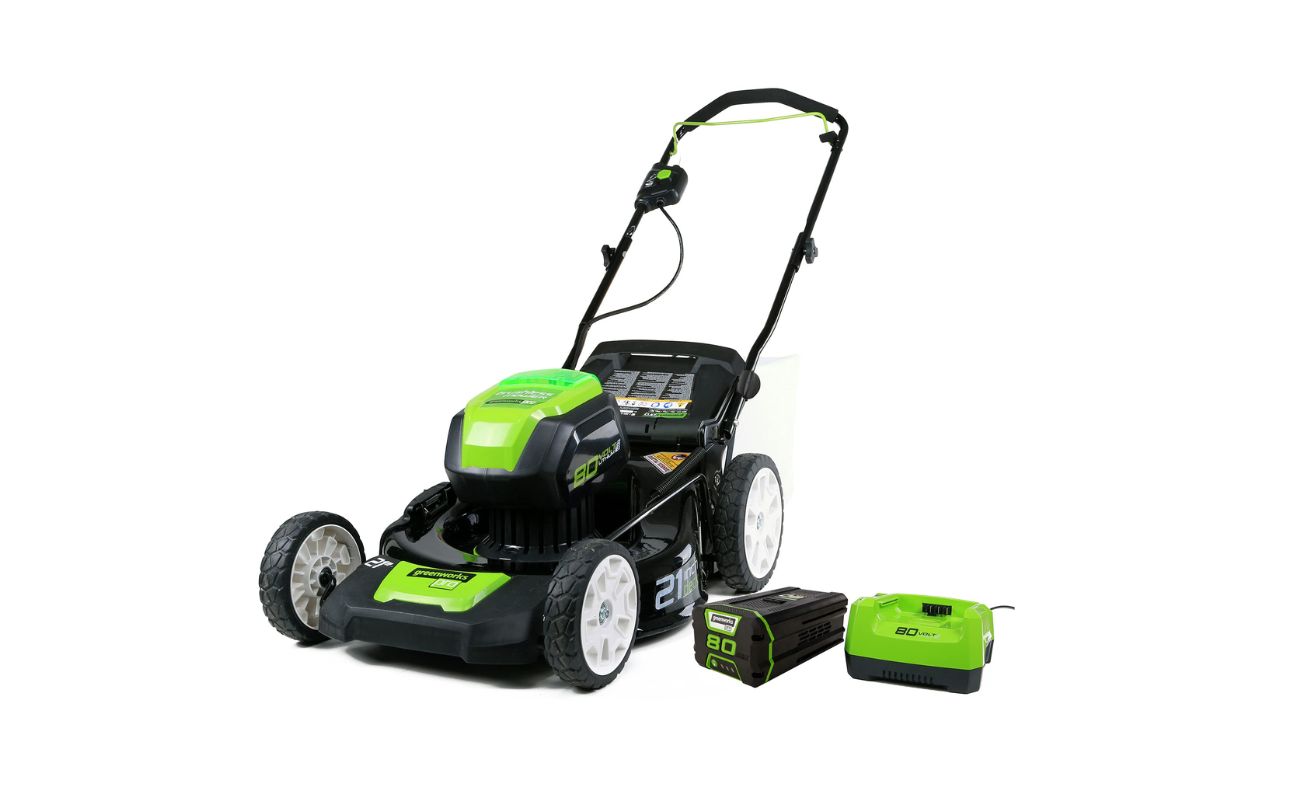

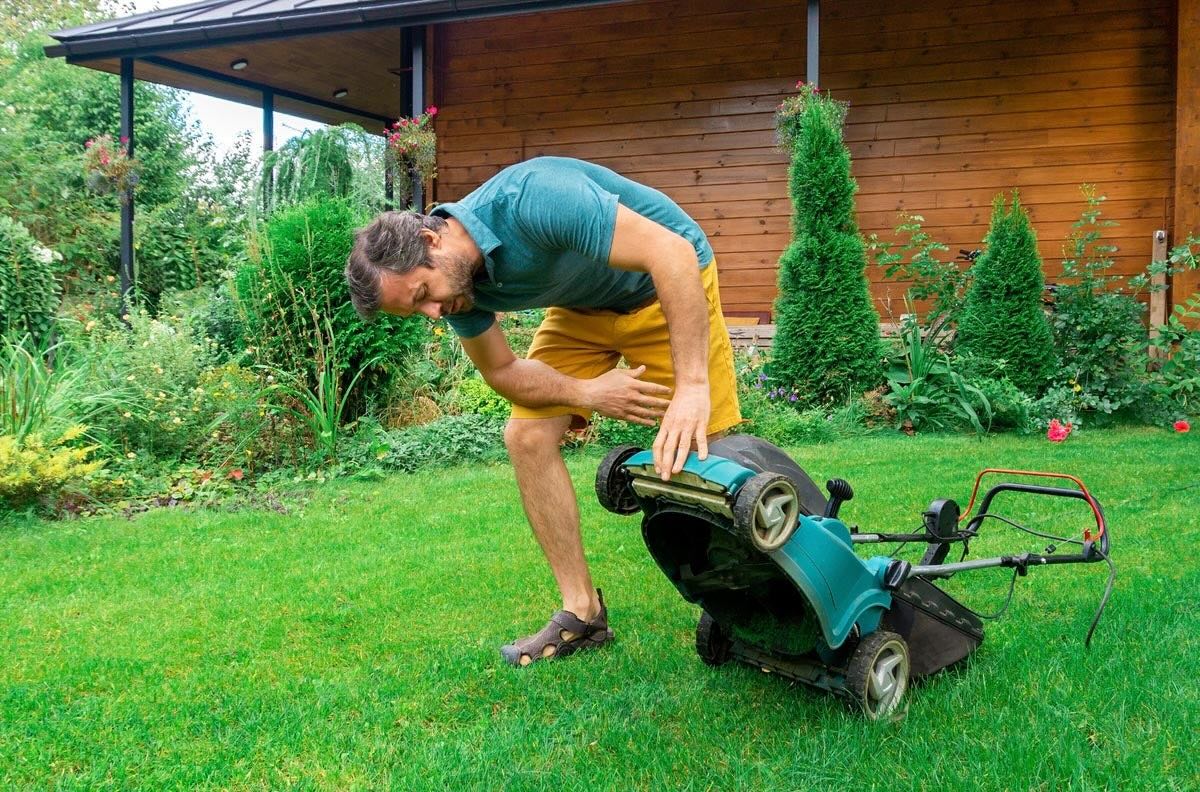
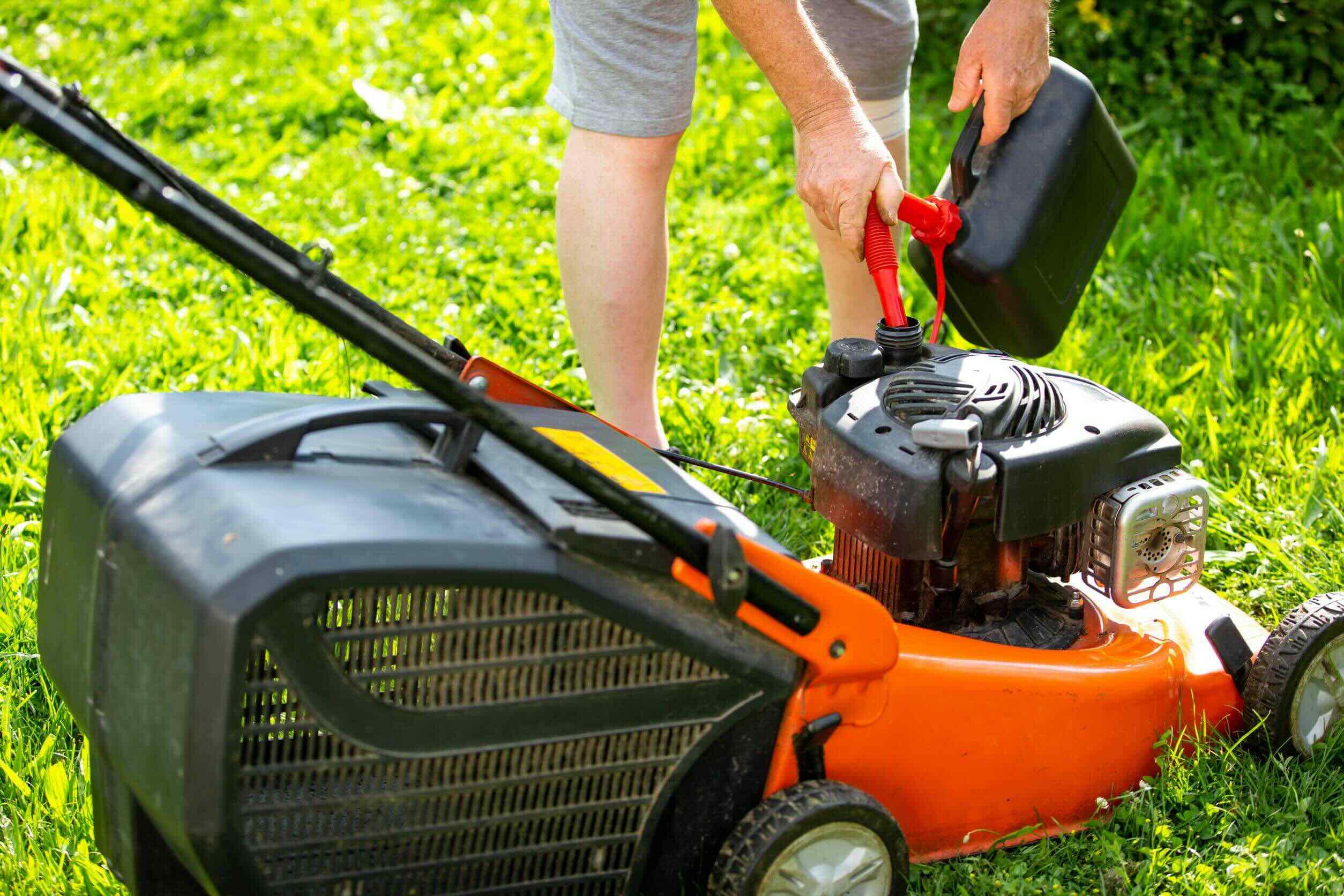
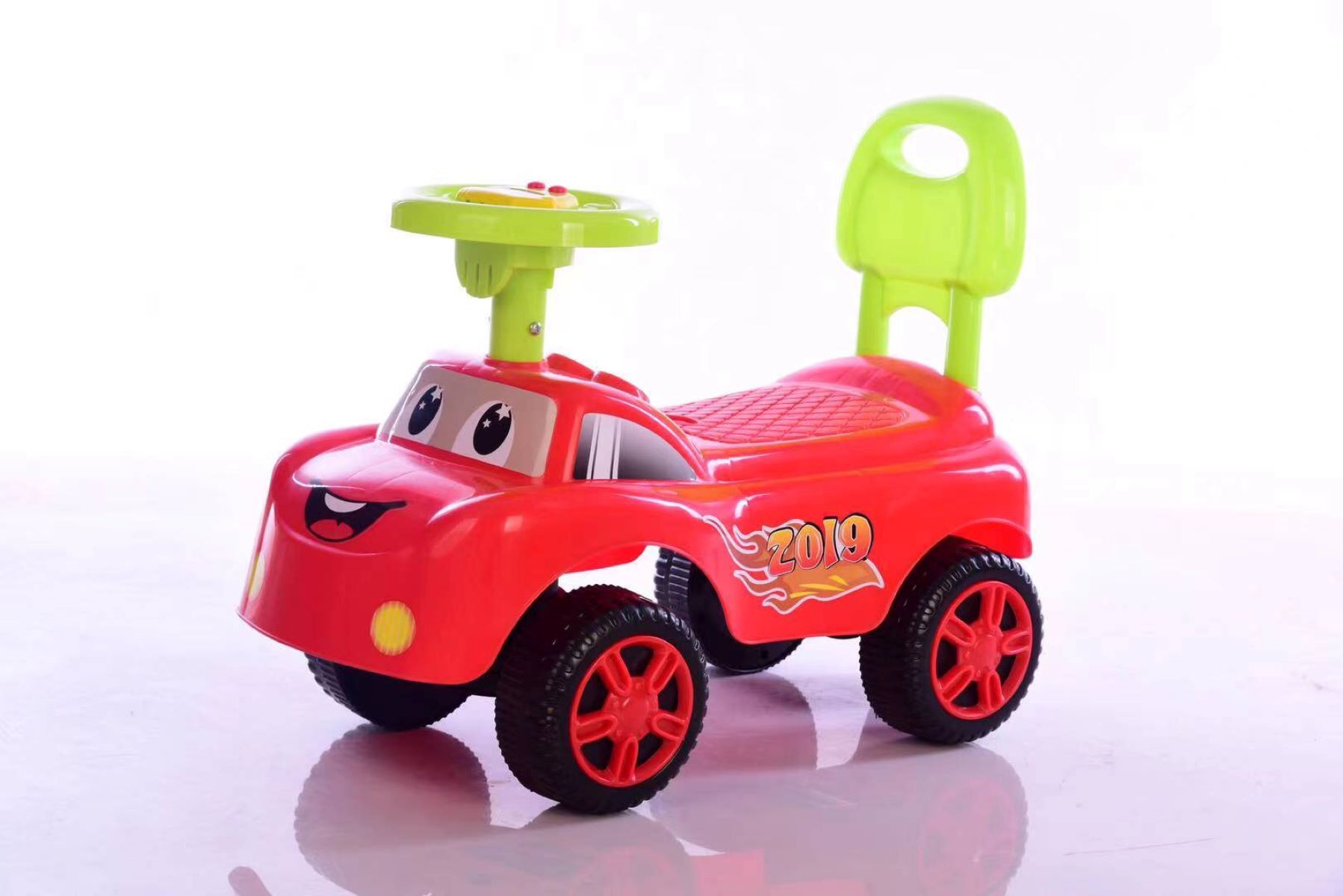
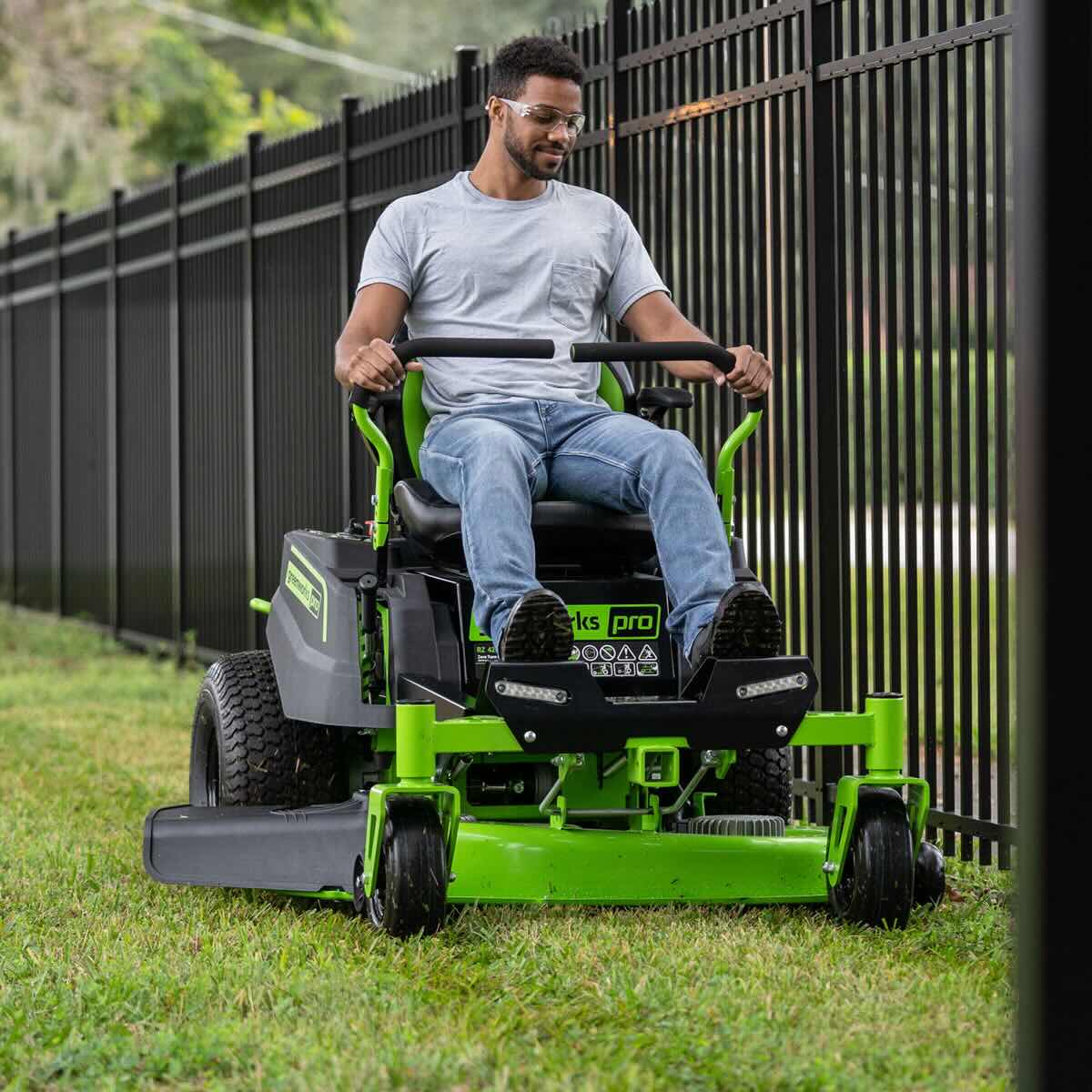
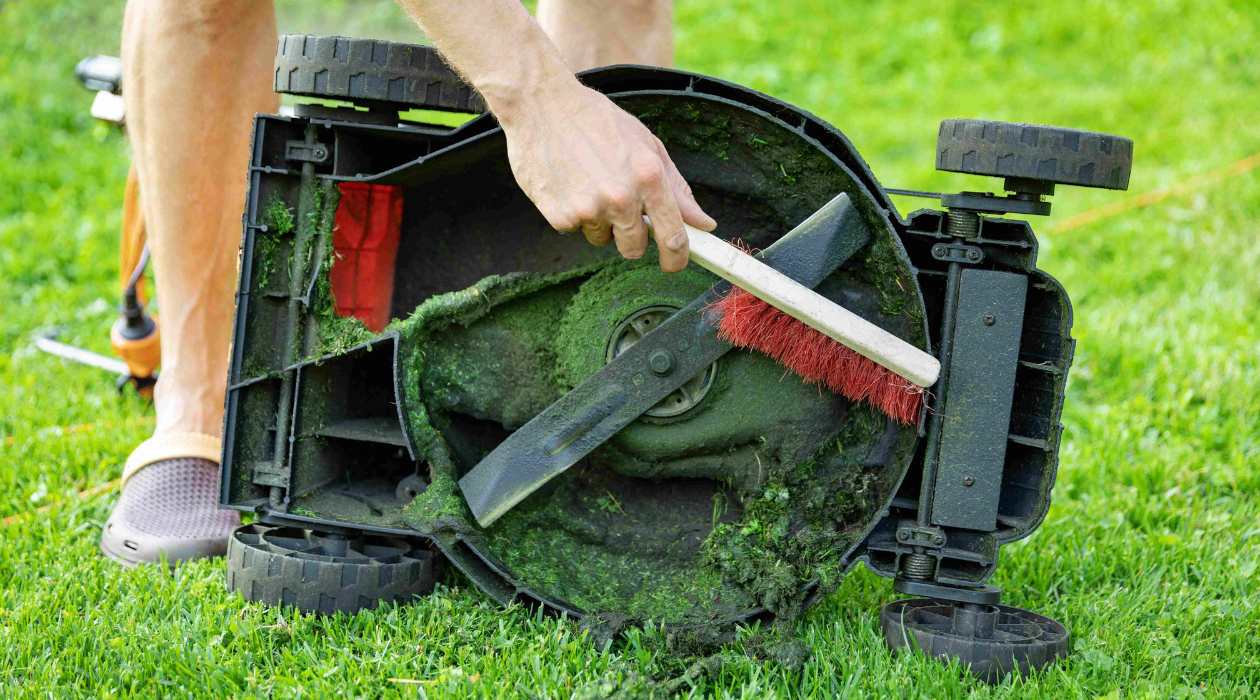
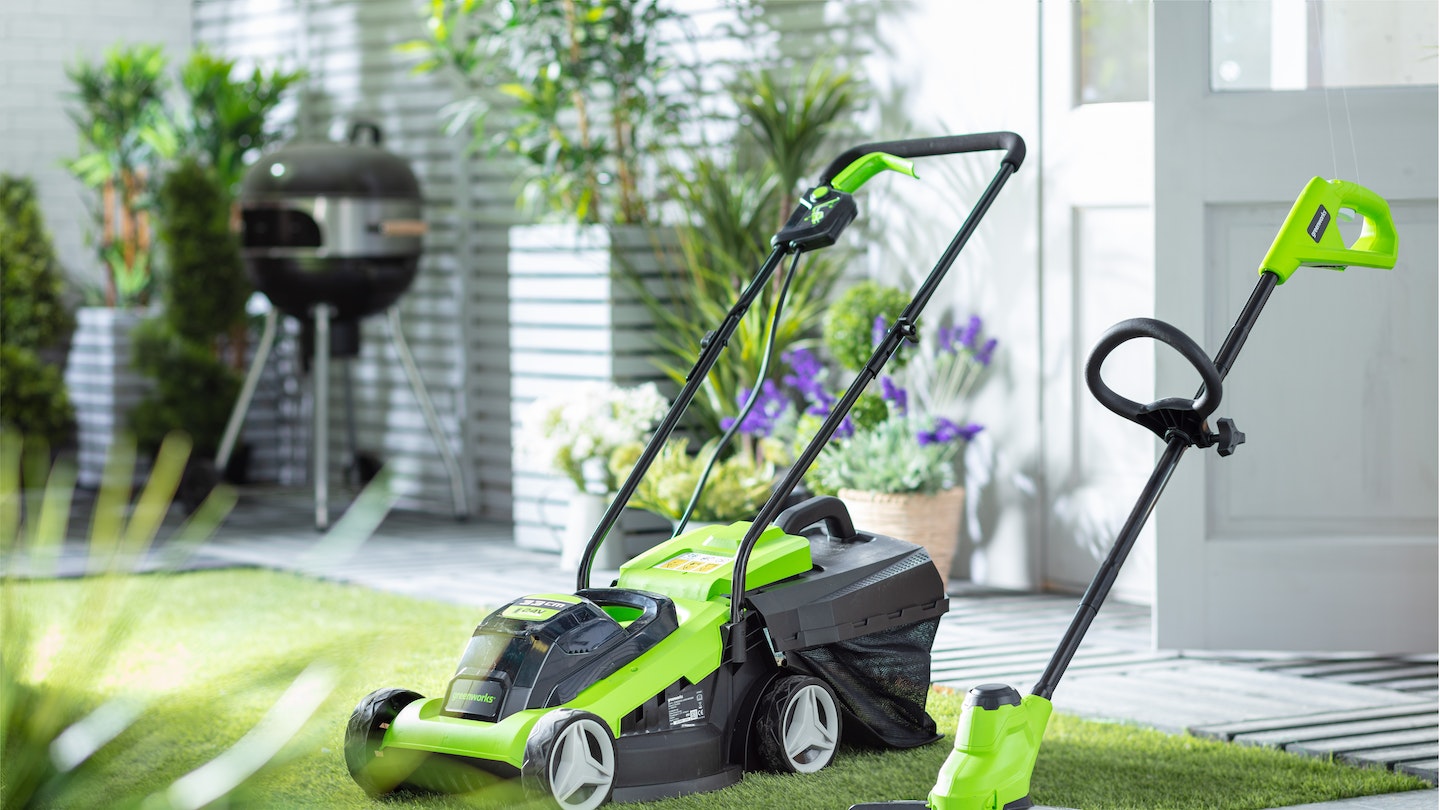
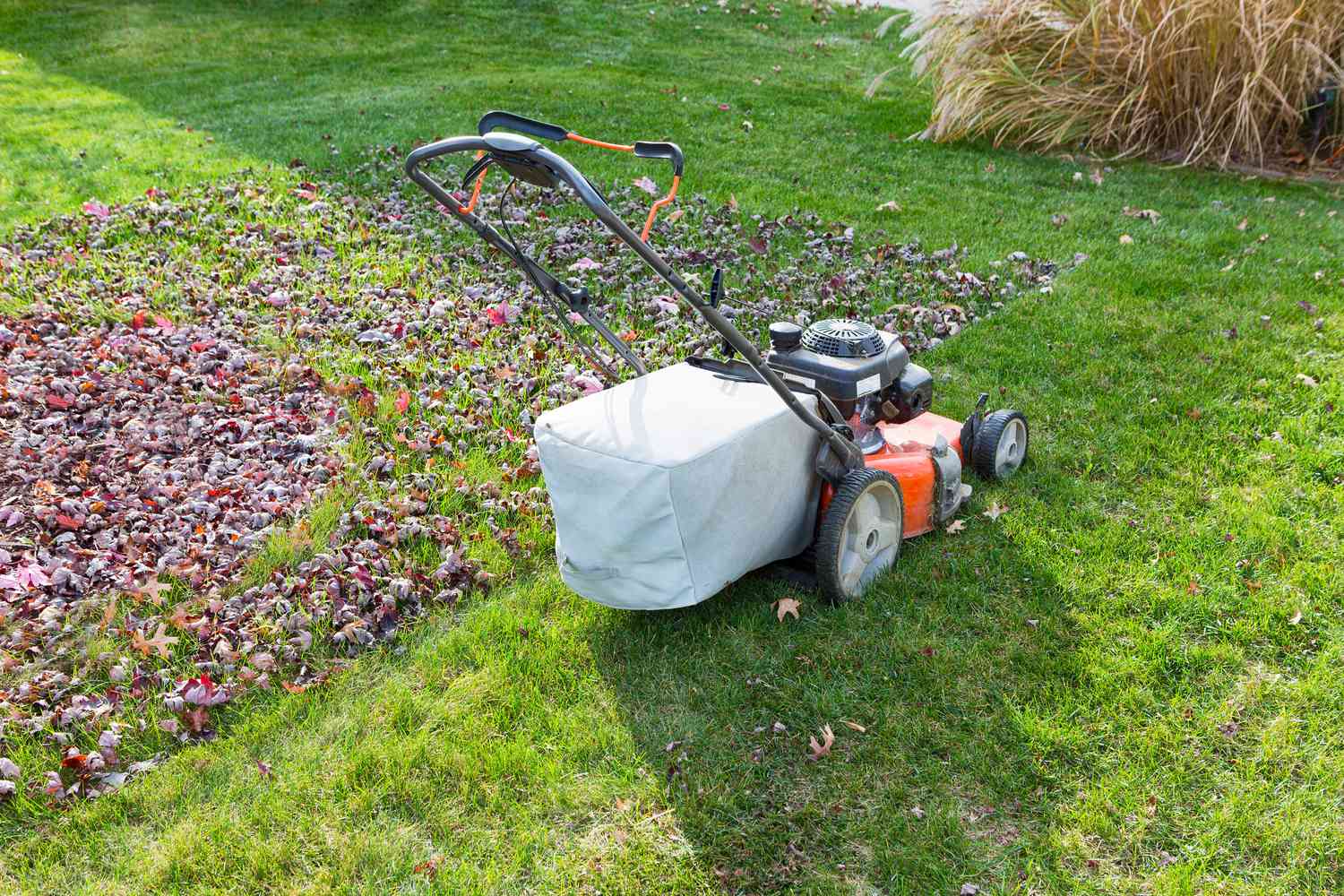
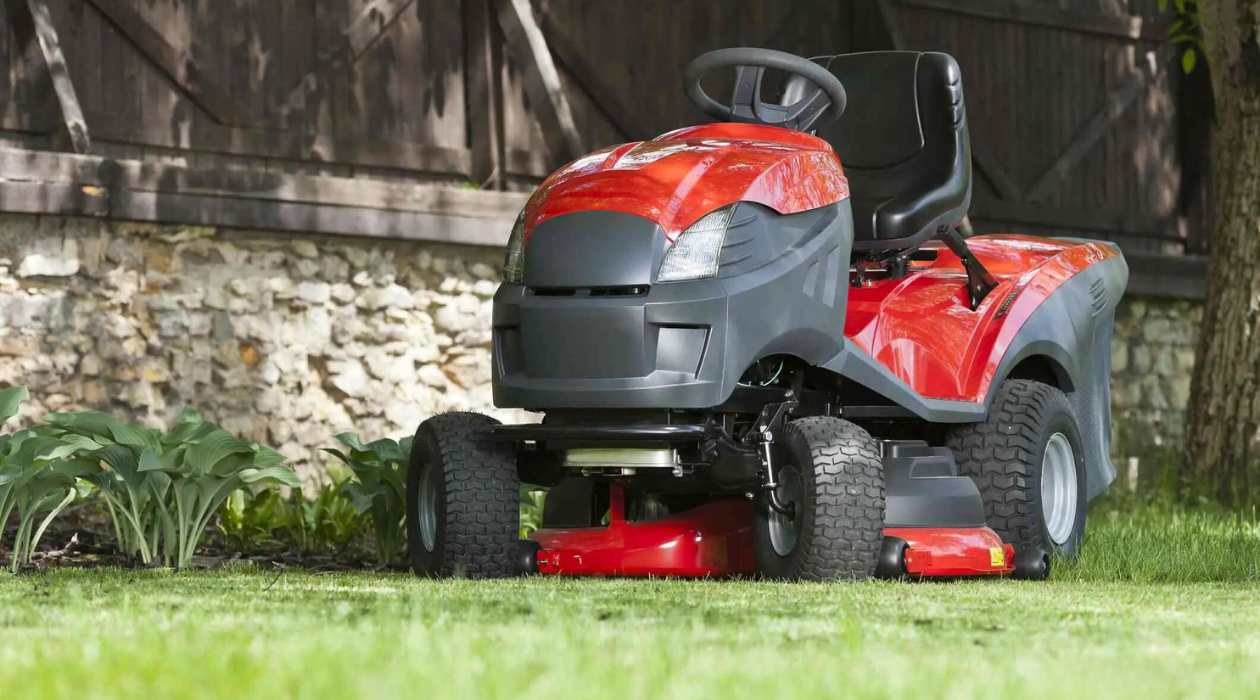
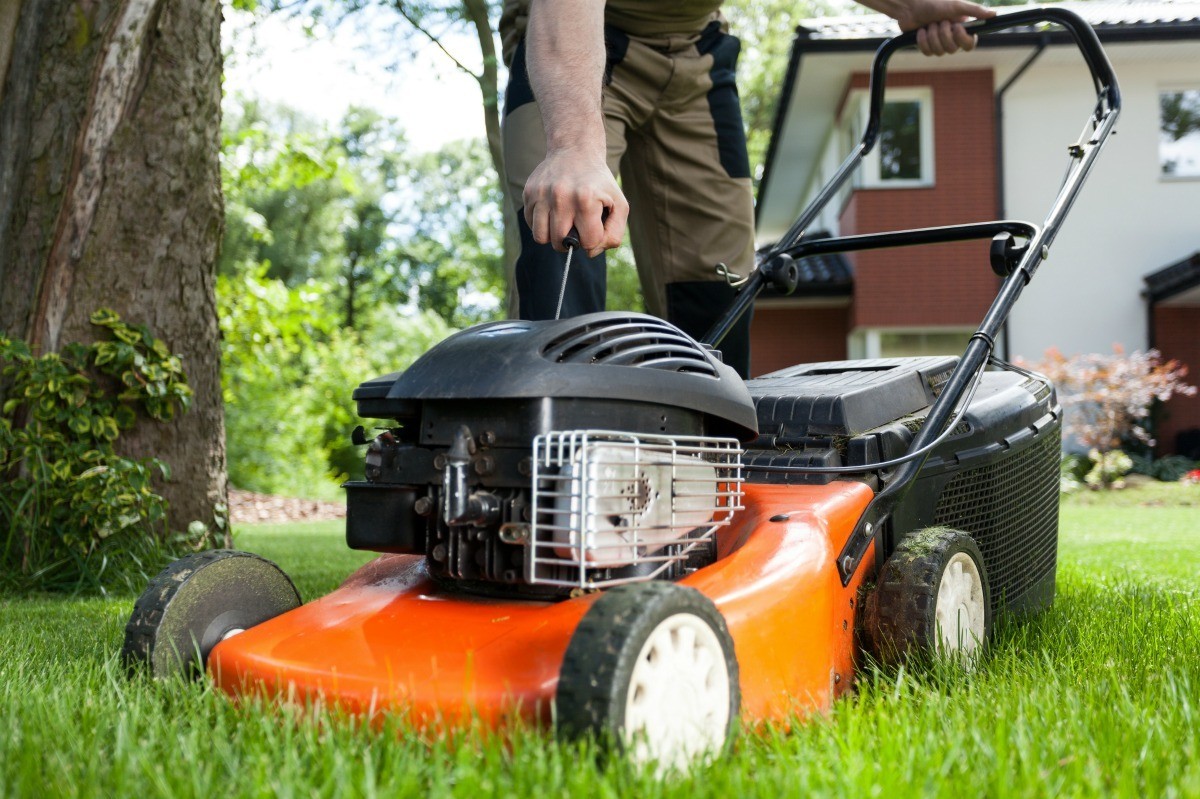
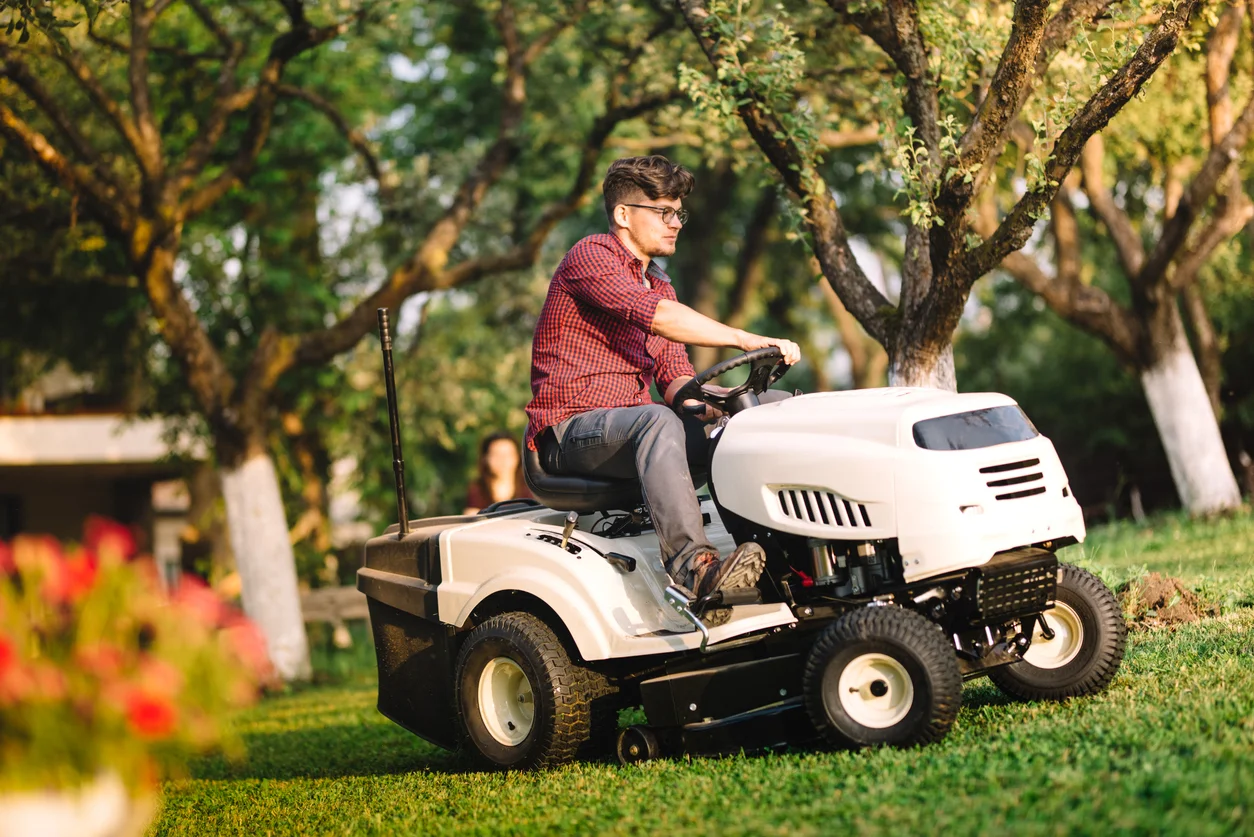

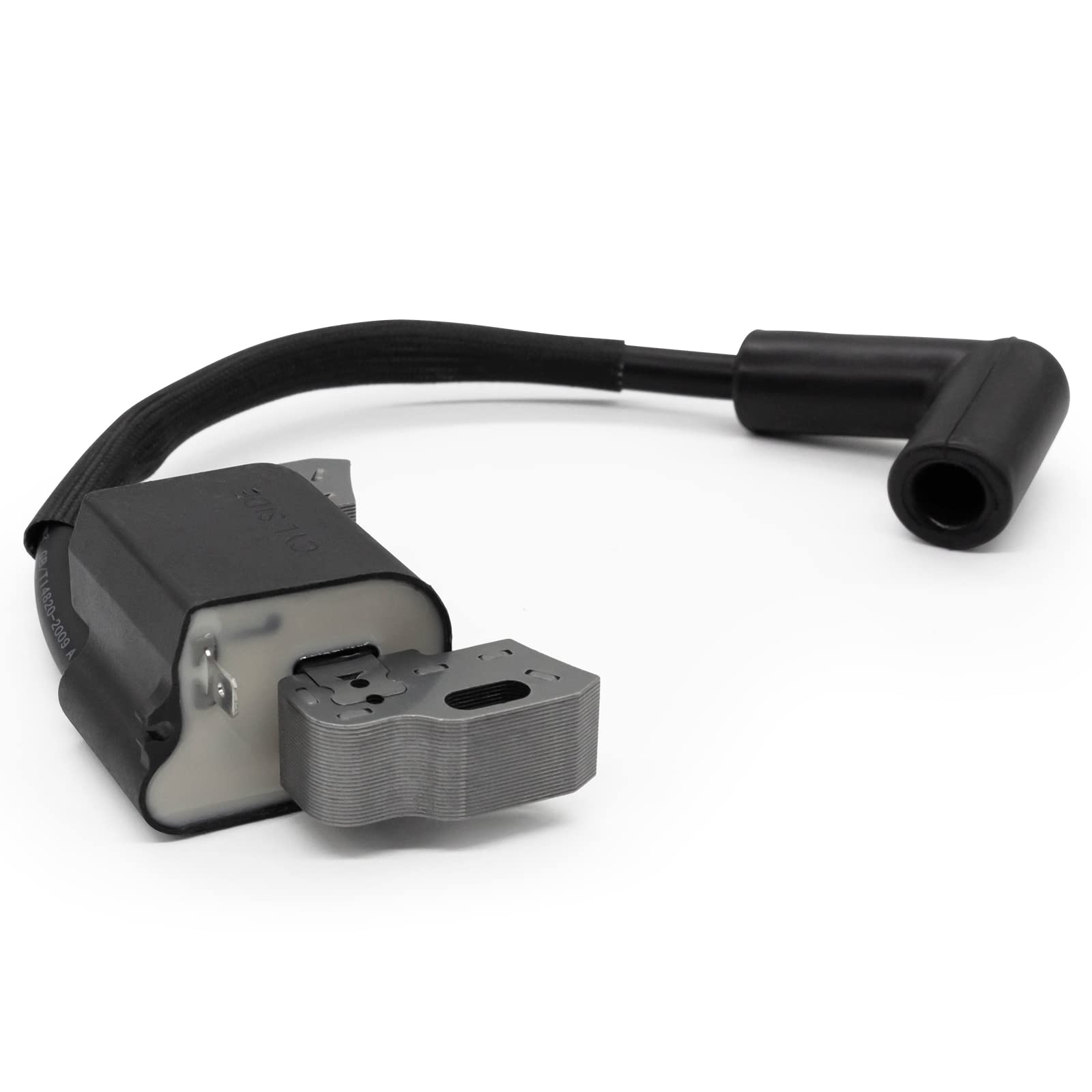

0 thoughts on “How To Start A Riding Lawnmower”